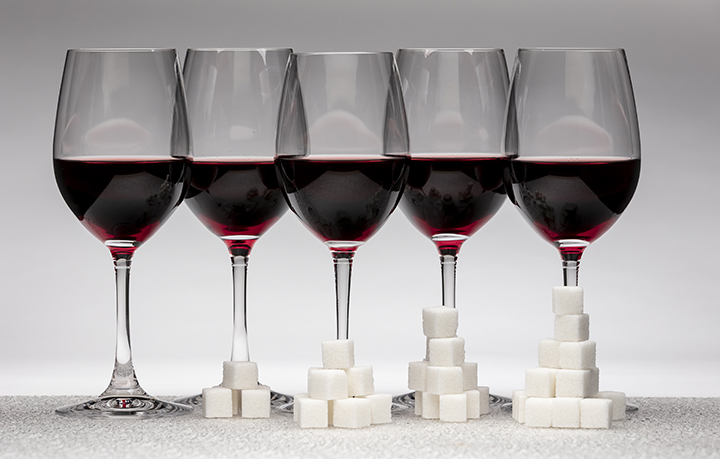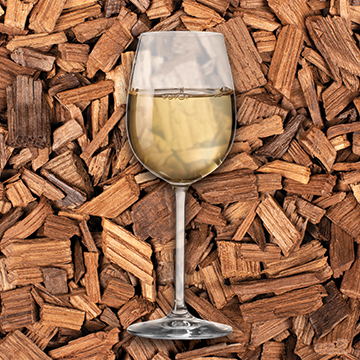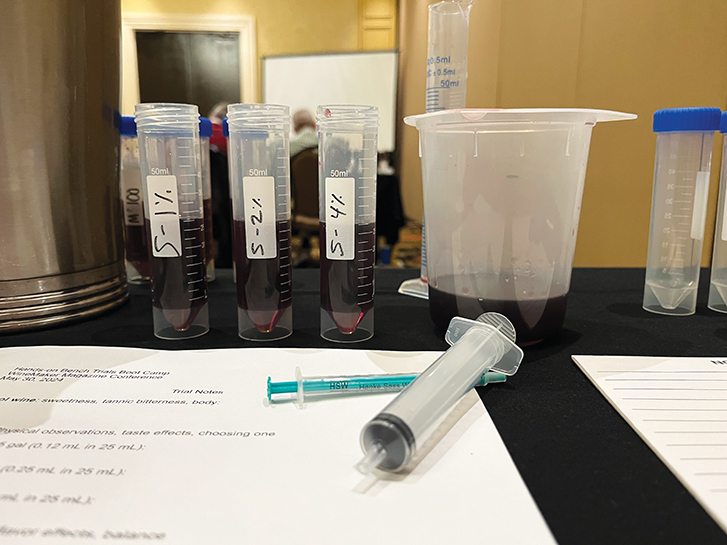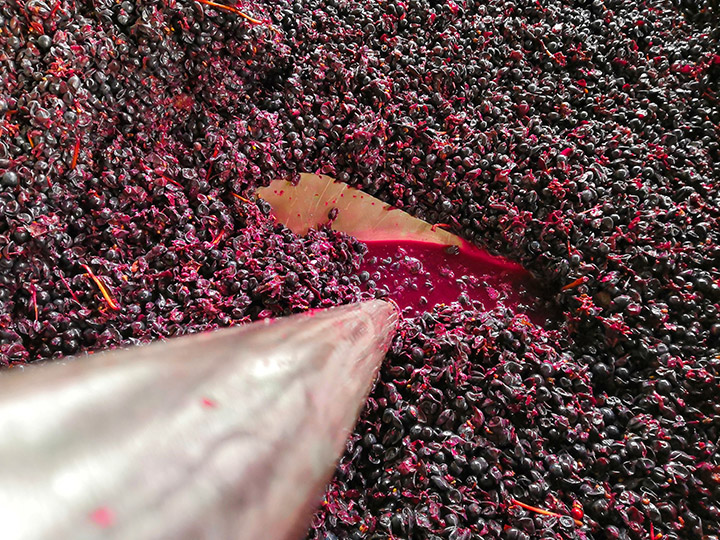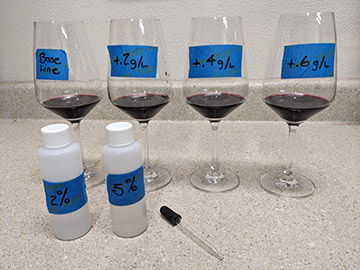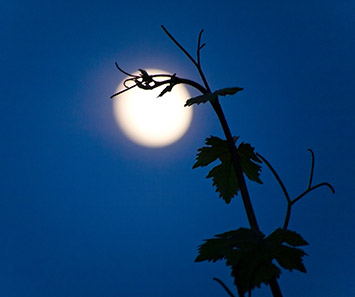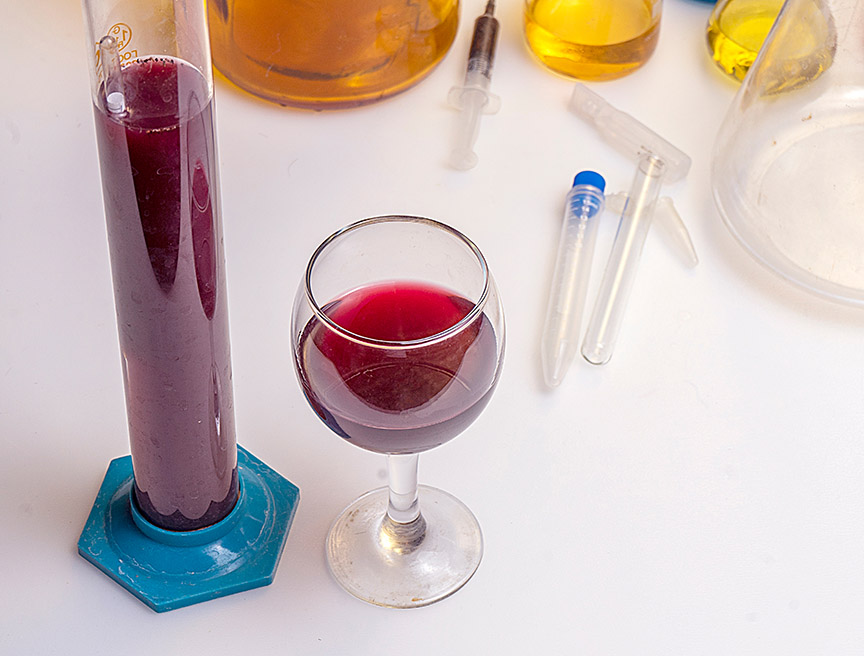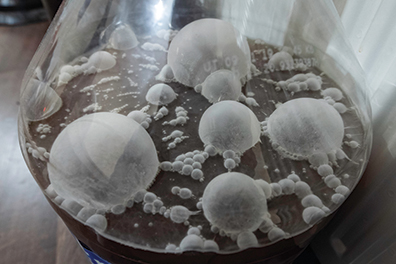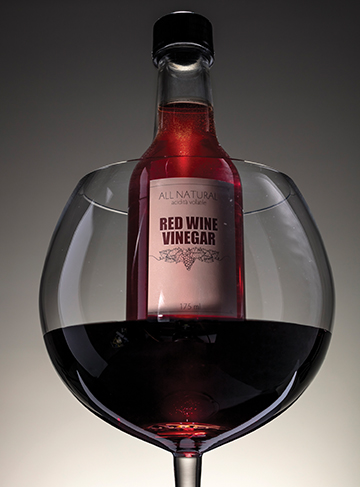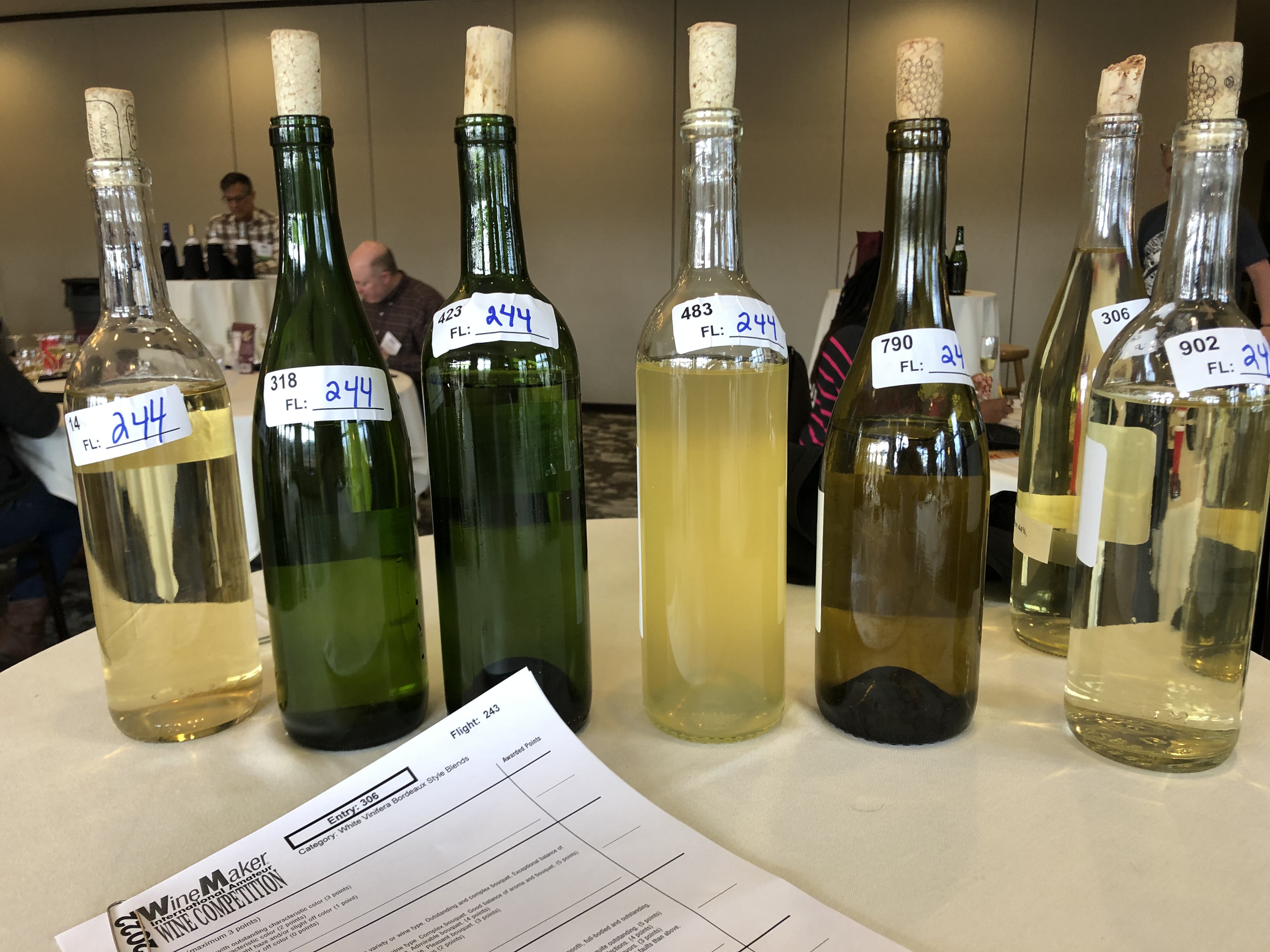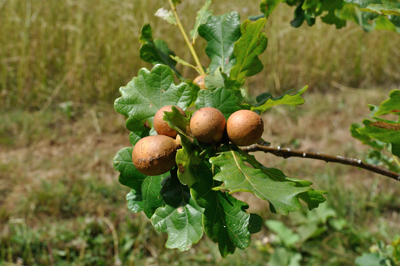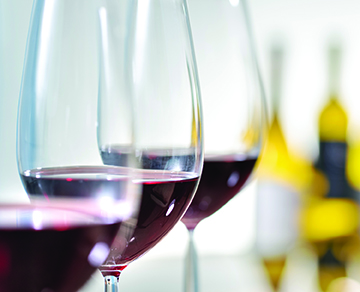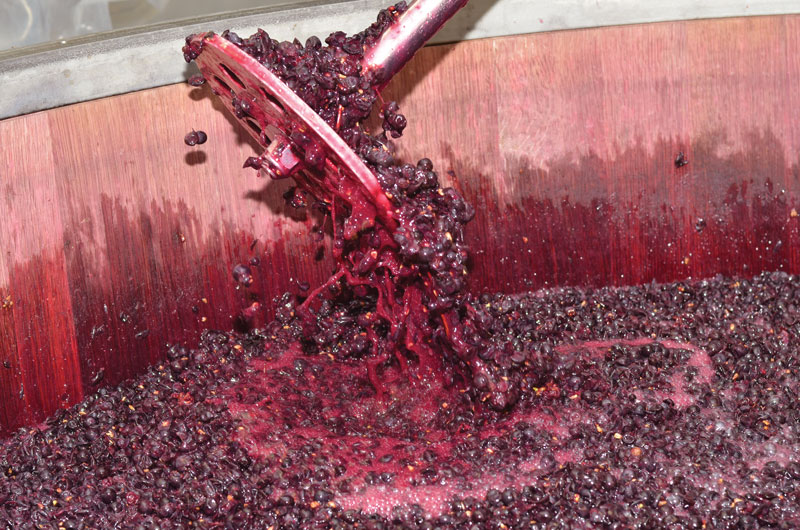Topic: Troubleshooting
Chaptalization — How Far Can You Go?
Adding sugar to bring up the Brix is necessary in parts of the world, especially during vintages with heavy rain. A Virginia winery did a study on the impact of adding different amounts and types of sugar, which home winemakers can take a page from when they have low-Brix grapes.
Over-Oaked Chardonnay, Choosing Yeast, Hard Water, & Stuck Ferments
Always start small with additions — it’s much easier to add more than to take something out later. That said, the Wine Wizard shares advice for rescuing an over-oaked Chardonnay, along with tips on selecting yeast, managing hard water, and troubleshooting a stuck fermentation.
Curing an over-oaked Chardonnay
You’re not the first winemaker to tumble into the oak pit. The short answer is: No, you can’t take the oak out — but you can try to balance things with a
Dealing With Hard Water
Great question — and you’re right to pause before filling up your winemaking bucket straight from the tap. While clean municipal water might be fine for drinking or dishwashing, it can introduce
Stuck Syrah Fermentation
Ah yes, the mid-ferment stall . . . so common, yet always a bit of a heart-stopper. When fermentation slows or stops around 5 °Brix, it’s usually a sign your yeast are
Performing Benchtop Trials
When changes to aroma or structure are desired to achieve a more balanced, pleasing wine, you should always start with benchtop trials to dial in optimal addition rates. Learn how to get the most from your trials before adjusting your entire batch.
Maximizing Color Extraction, Wine Aging Temps, a Need for Decating, & Taming Tannins
The Wiz offers advice on maximizing color extraction and shares the impact temperature plays in it. Plus: How cold is too cold to age wine, why a wine may require long decanting times to open up, and techniques for taming tannins.
Red Wine Lost Its Color
A. Ah, the joys (and occasional shocks) of rediscovering long-forgotten bottles! Your 1984 Australian Cabernet, now ghostly pale with all its color settled at the bottom, is a fascinating case study in
Dealing With Bottle Shock
Sounds like you’ve been bottle shocked! That, and you are experiencing some post-bottling sedimentation. You’re not alone in this, my fellow winemaker. Many a vintner, professional and amateur alike, has been surprised
Taming Tartness, Adding Body, & Non-Alcoholic Wine
The Wine Wiz offers her wizdom to bring a tart wine into balance, as well as ways to add body to a wine and why non-alcoholic wine production should be left to the pros.
Racking in Moonlight, Acetobacter, Fermenting “dry,” and White Winemaking
While there are a lot of urban myths surrounding winemaking, the one about racking under a full moon isn’t totally hogwash. Plus, what to do when your wine begins turning to vinegar, the specific gravity of a “dry” wine, and tips for making wonderful white wines.
Acetobacter Infections
The quick and dirty answer to your question, and quite possibly not the one you want to hear, is that you’re best off dumping your vinegar bottles of wine down the drain.
Browning in Red Wines
There’s the old saw about the sow’s ear and the silk purse. It reminds me of my old adage of “never blend a loser,” which admonishes readers against blending bad wine into
Will Alcohol Kill Mycoderma?
There is a great summary of what mycoderma is and ways to deal with it written by Daniel Pambianchi at www.techniquesinhomewinemaking.com/white-surface-film. Folks can check out that blog post for a deep dive,
It’s Always a Good Time to Assess Your Wine
Making small adjustments to a wine the moment they are needed, as opposed to one large adjustment prior to bottling, will result in a more cohesive wine. A couple of award-winning home winemakers share when you should assess your wine and what to look for.
Understanding and Controlling Brettanomyces
It is both a spoilage yeast and the heart of many great wines of Bordeaux. We share what you need to understand about Brettanomyces, the common misconceptions, and methods to tame this wild yeast.
Reducing Bitterness in Citrus Wine
Ah, the glory and heartbreak that are citrus fruits in winemaking. So many aromas! So many bright flavors! So much acid! And so many potential bitter compounds. This is where a good
Causes and Treatments for Volatile Acidity
Winemakers always need to pay special attention to the possibility of rising volatile acidity and ways to stem its effects.
Troubleshooting a Blueberry Wine
Ah, blueberry wine! Blueberries, huckleberries, and black currants are all favorites when it comes to home winemaking, partly because they can make dark, mouth-filling wines that can resemble the finest red wines
Strategies for a Chaptalization Mistake
It sounds like you’re doing a lot of things right, especially being that your grape wine has taken off, but your plum wine is just plum tuckered out. Seems like you’ve got
Whose Fault Was It?
Phil Plummer was one of the experienced judges at the 2022 WineMaker International Amateur Wine Competition. After three days of judging he found himself repeating similar comments on numerous entry sheets. Now he’s here to explain in greater depth the most common flaws he tasted and the techniques that can be employed to avoid them in your next vintage.
Balancing Wine’s Structure: Techniques to add and remove tannins
Tannins are a big piece of the large puzzle when balancing many styles of wine. It’s important to understand ways to increase or decrease their presence when that balance leans too heavily in one direction or the other.
Troubleshooting Malolactic Fermentation
Well, it’s tough to say what would make one cloudy and the other clear, except for the fact that they may not have been identical coming from your fermenters. If you did
Cures to an Oversulfited Wine
Since you can’t measure your free and total SO₂, let’s do some numbers to see what kind of a potential problem you might be facing. First off, let’s talk about your bottle-rinsing
Maturation Intervention
No matter how much attention we give a wine, sometimes it will disappoint when tasted for the first time during aging. It may not be faulted, just lacking a desired characteristic. That’s when it is time to intervene. Qualities like flavor, aroma, body, color, or even tannins can all be improved with a little help.
